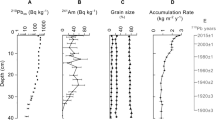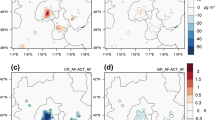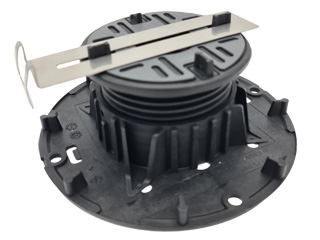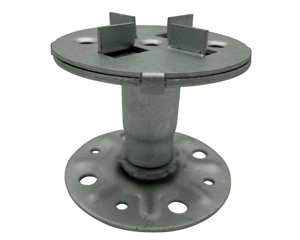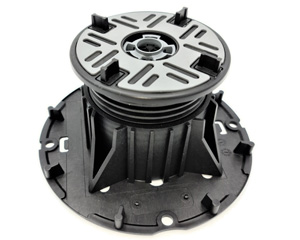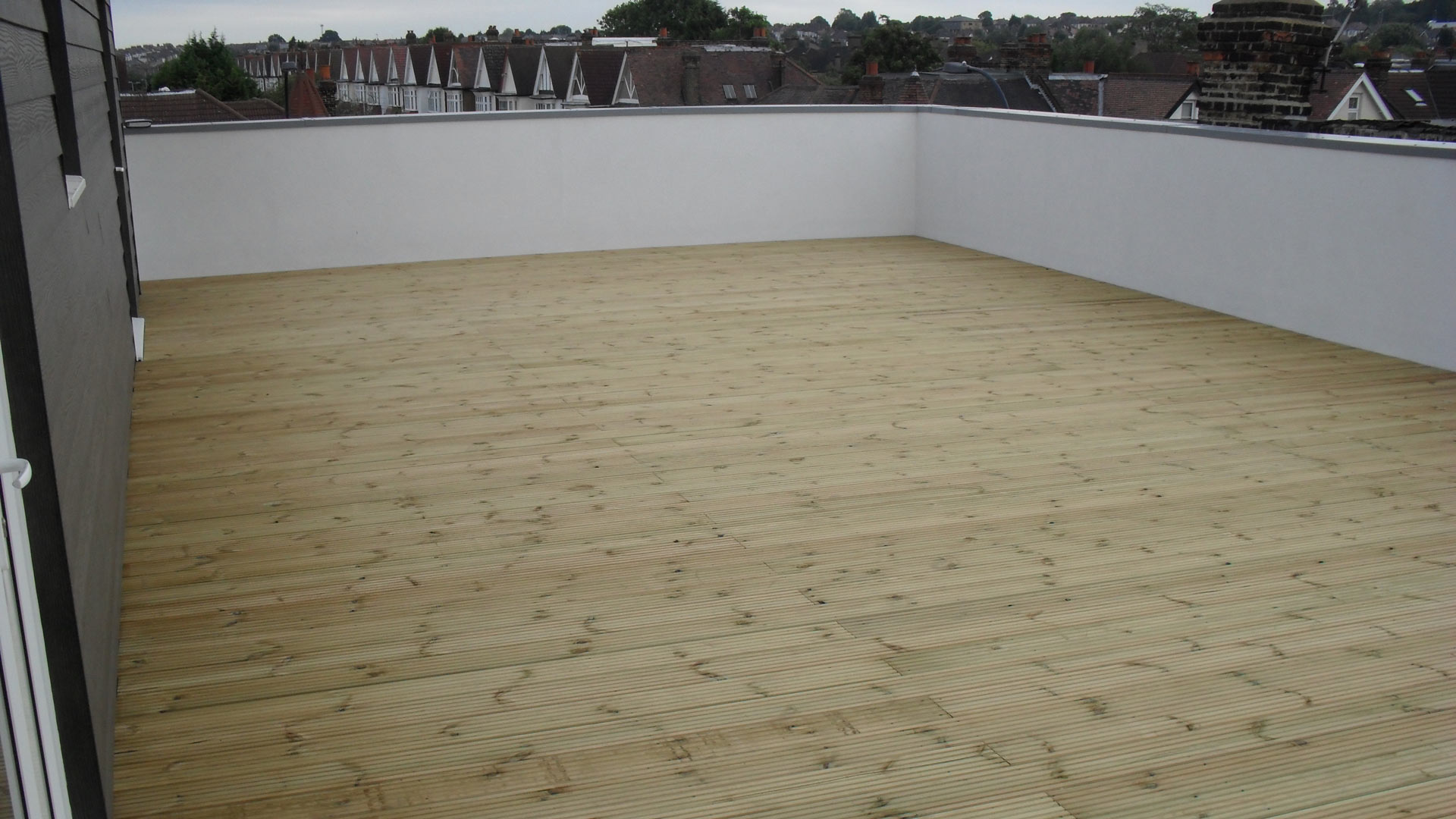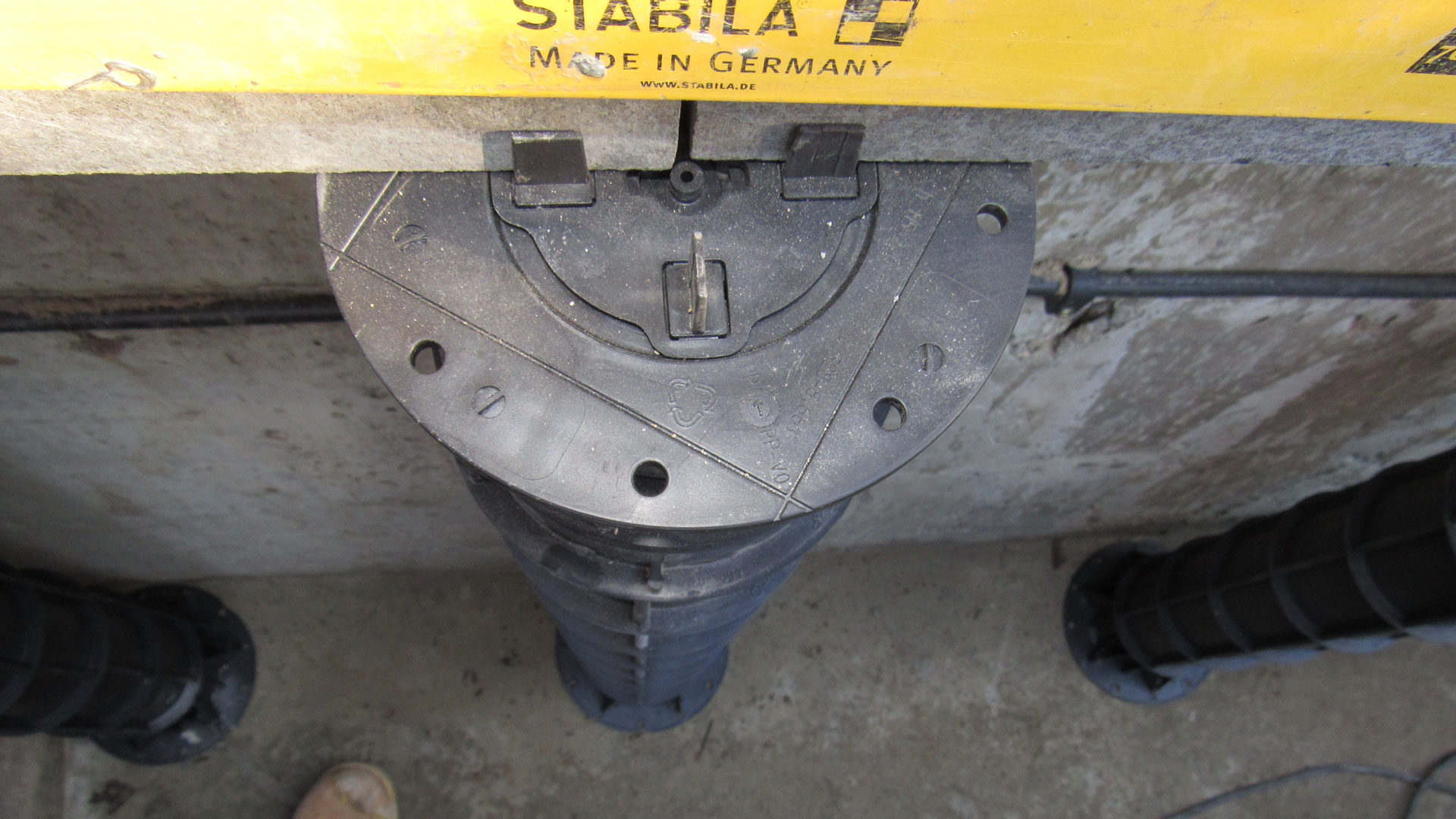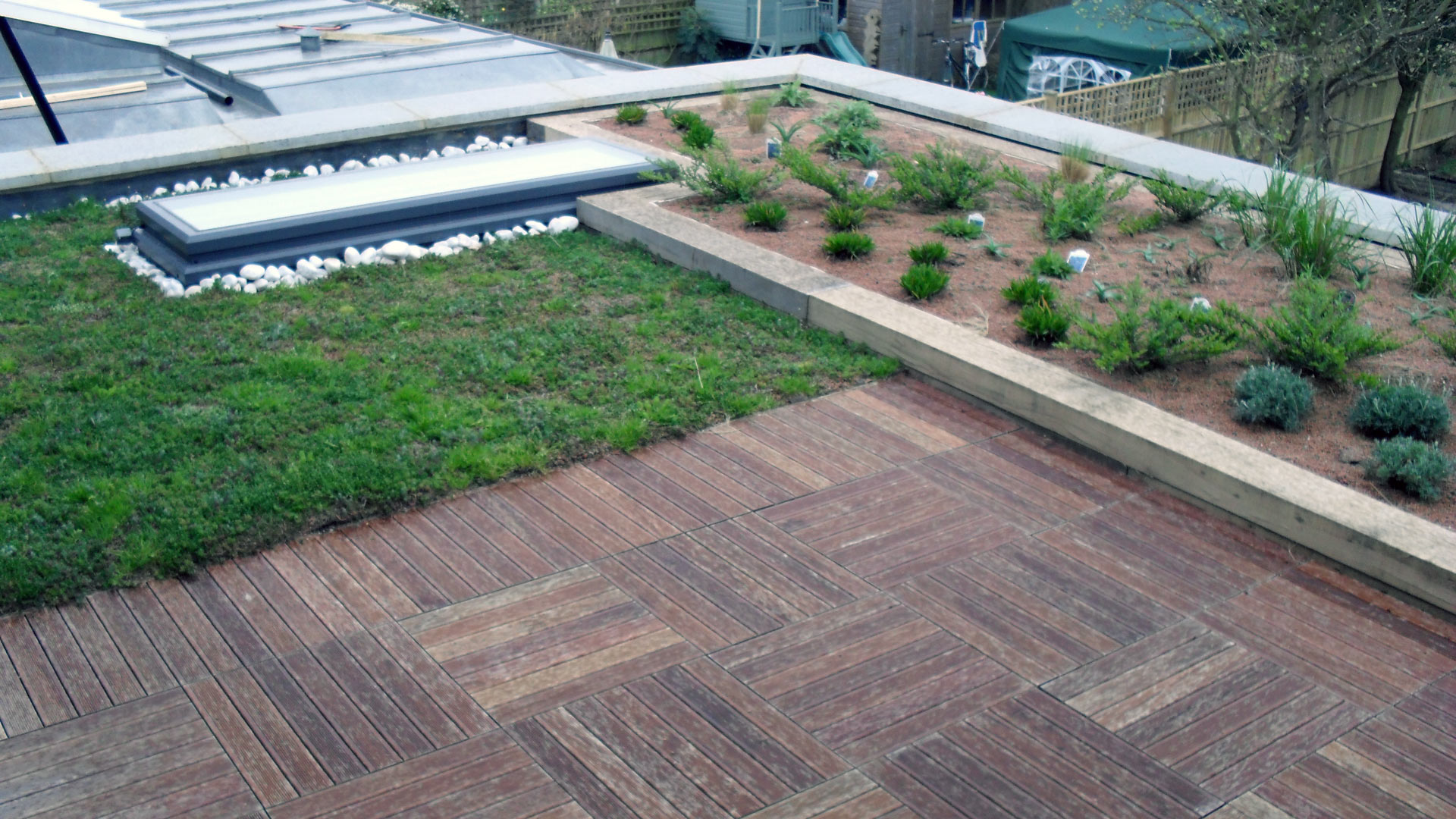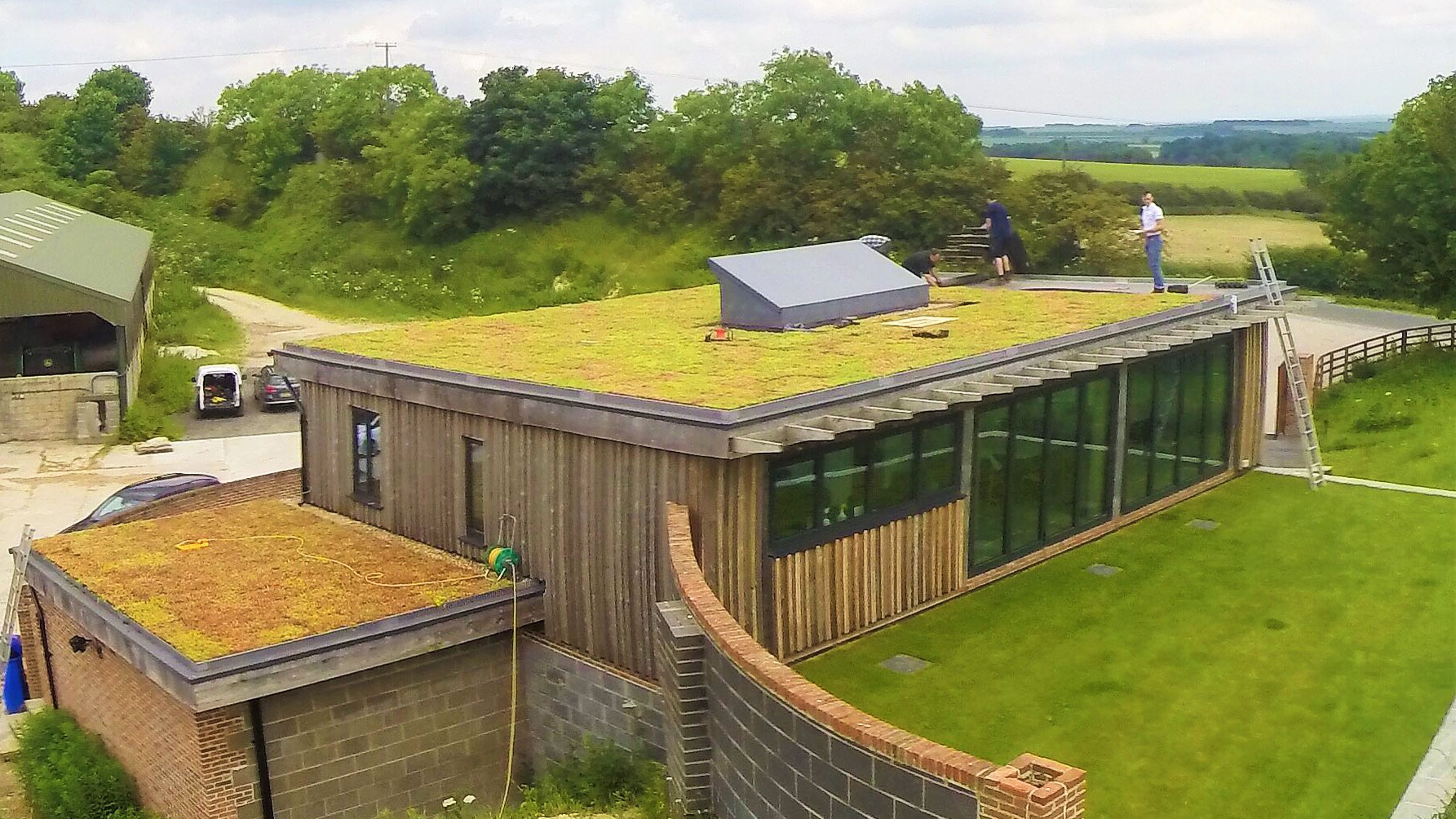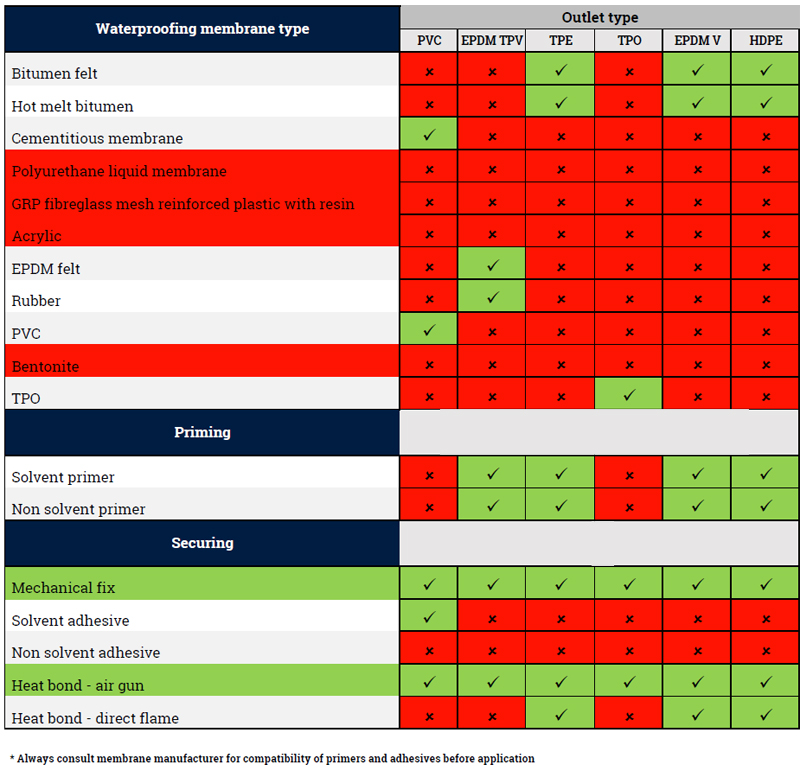Green roofs are often considered barriers against polluted precipitation, but their effectiveness in capturing airborne microplastics remains unclear. Here we evaluate modular green roofs under simulated wet deposition to assess their ability to intercept and retain microplastics. We find that green roofs remove over 97.5% of deposited microplastics. In Shanghai, China, this corresponds to an annual interception of approximately 1.70 × 10¹² particles, or 56.2 tonnes. Higher rainfall intensity slightly improves capture efficiency by increasing moisture and reducing infiltration forces. Fragment-shaped microplastics are more easily retained than fiber-shaped ones. Most particles are trapped in the soil layer, while some are retained by vegetation, although air turbulence may remobilize fibers. Surface and chemical analysis reveals that plastic materials within green roofs themselves can degrade, potentially releasing microplastics in the process. These results show that green roofs can play a valuable role in reducing urban microplastic pollution and offer practical insights for designing future stormwater and air-quality management strategies.
Similar content being viewed by others
Introduction
Microplastic pollution has become pervasive across aquatic1,2, terrestrial3,4, and atmospheric ecosystems5,6, raising escalating global concerns. The proliferation of these particles is closely linked to human activities, posing a latent risk to human health7,8. In coastal cities, the transport of microplastics involves a complex exchange of substances between the ocean, inland areas, and urban environments. The primary pathways for microplastics into coastal urban landscapes include atmospheric deposition, stormwater transport, riverine input, and marine wave action, with both atmospheric fallout and stormwater runoff serving as significant entry and transport mechanisms5,9,10. This deposition not only facilitates the entry of microplastics into aquatic systems but also increases the potential for human inhalation exposure11.
In efforts to mitigate urban atmospheric microplastic deposition, research has increasingly focused on the efficacy of surface runoff treatment facilities. Systems such as bioretention ponds12, vegetated swales13, and constructed wetlands14 have demonstrated commendable capabilities in intercepting microplastics horizontally. These facilities may also contribute to treating microplastics from roof runoff, although their efficiency in this regard requires further investigation. However, the input of microplastics from atmospheric deposition remains significant even after interception15, underscoring the necessity for further research on reducing this atmospheric input.
Urban rooftops, as primary receptors for both atmospheric wet and dry deposition, provide a strategic opportunity for the initial interception of atmospheric pollutants. Over the past decade, research on green roofs as modifications of impermeable rooftops has accelerated. There is substantial evidence that these sustainable practices provide multiple environmental benefits, including air cleaning, stormwater retention, and runoff purification16, thereby reducing the burden on local water treatment facilities. However, previous studies on green roofs have primarily focused on the reducing dissolved matters such as nutrients, heavy metals, and organic pollutants17,18, with little attention given to atmospheric particulates like microplastics. Since roof areas constitute 40–50% of urban impermeable areas19, developing green roofs holds significant potential for intercepting atmospheric microplastic and improving urban water quality, warranting further investigation.
This study employed a green roof module as a pilot installation to evaluate its ability in intercepting microplastics under various rainfall conditions. By investigating the vertical transport mechanisms of atmospheric microplastic within green roof systems during wet deposition, this research aimed to elucidate the underlying processes and dynamics. The findings were expected to enhance our understanding of microplastic transport in urban environments and inform strategies to prevent the transfer of atmospheric microplastic pollution into aquatic ecosystems.
To view the full study, please click here.

